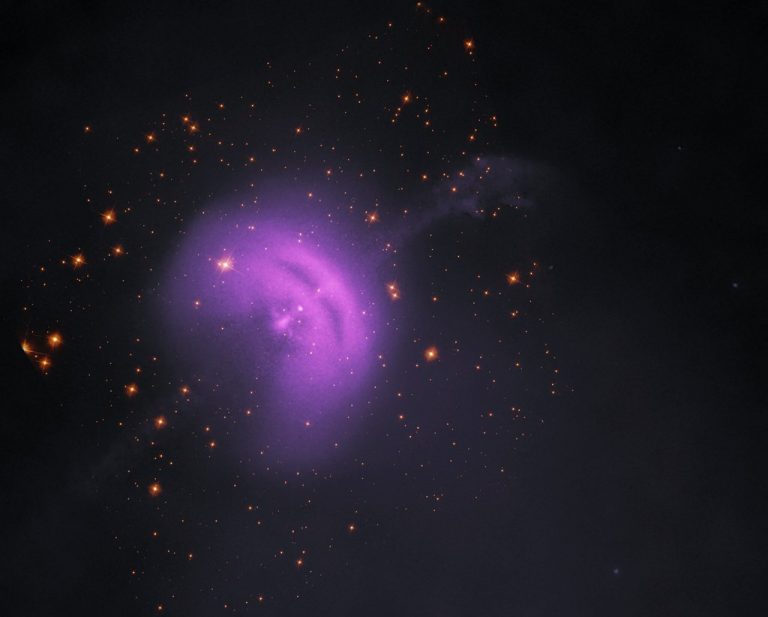
Learn more about the H.E.S.S. telescopes
Find out how imaging atmospheric Cherenkov telescopes work and how they are used to study high-energy gamma rays from the Universe.
An international collaboration to explore the high-energy frontiers of the Universe
Probing the Universe at High Energies in the Southern Hemisphere.
Since October 1st, the H.E.S.S. Collaboration has a new spokesperson and director: Dr. Lars Mohrmann from the Max Planck Institute for Nuclear Physics in Heidelberg, Germany was appointed by the...
Cosmic magnetic fields are extremely effective in shaping the universe but are very difficult to track and measure. Manuel Meyer has completed a Marie-Curie Project to study cosmic magnetic fields...
Congratulations to Alison Mitchell for winning an Emmy Noether grant from the Deutsche Forschungsgemeinschaft. Her six-year project “Unveiling the Origin of Galactic Cosmic Rays: Exploring Pulsar Environments at the Highest...
We regularly publish news on our website – browse through the News Archive to find older News items!
(Almost) every month a TeV gamma-ray source investigated with the H.E.S.S. telescopes is featured. Which one is your favourite?
See also the H.E.S.S. Science page for a general overview of the physics we do with H.E.S.S. and the types of sources we study.
Find out how imaging atmospheric Cherenkov telescopes work and how they are used to study high-energy gamma rays from the Universe.
Dive into the scientific research we perform using the H.E.S.S. telescopes!
The H.E.S.S. telescopes are located in the Khomas Highland of Namibia, on the Farm Göllschau, about 100 km south-west of Windhoek, Namibia’s capital. The exact location is 23o16’18” S, 16o30’00” E, at 1800m above sea level.
